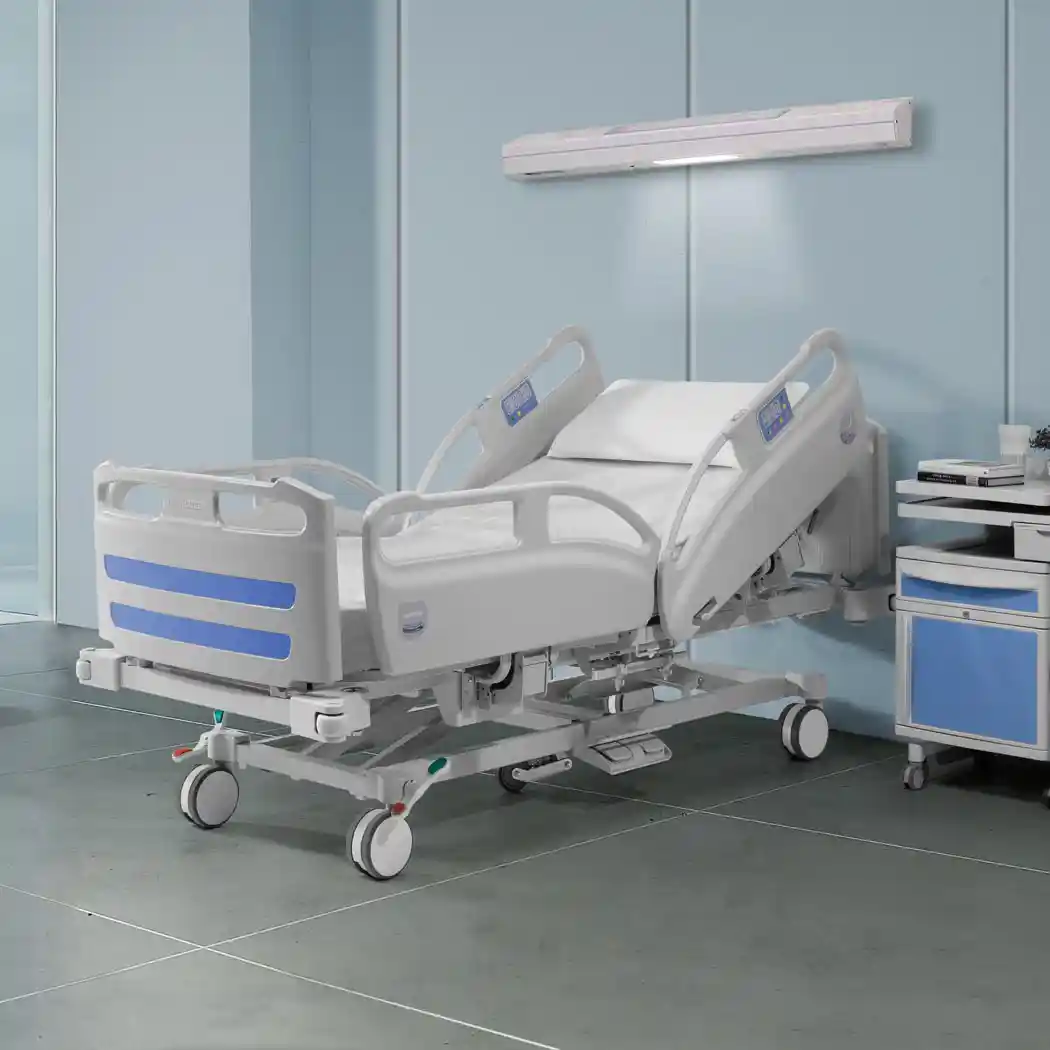Grooving and its benefits

What is grooving?
Grooving is a manufacturing technique that consists in creating grooves on cylindrical surfaces using machines specially designed for this technique. At LGC Industries, we use this method on parts such as nails or pins for example, but grooving is a process that can be carried out on any cylinder-shaped part.
This technique allows one, three or six grooves to be created on the fastener during manufacturing, depending on the client's desired application. However, the most common type would be fasteners with three grooves with 120 degrees between each one, to allow even distribution of forces across the assembly without excessive stresses.
This disposition enables what we call isostatic hold, allowing the part to function without excessive stresses and ensuring effective transmission of forces within the joint.
However, when there are only two grooves in an assembly, at least one part may move, which can prevent it from functioning properly - this is hypostatic hold.
With four grooves in an assembly, it functions with more constraints than necessary. This is then hyperstatic hold.
.webp)
How do you get grooves on a cylindrical part?
The process is carried out by cold pressing three grooves onto a cylindrical part with three generators at 120° from each other. In this way, the initial diameter of the part is increased - this is called the bulge diameter.
The bulge diameter (Dr) is measured by ring and corresponds to the diameter of the circle, delineated at the most protruding points.
This diameter is slightly larger than the nominal diameter of the hole in the part that will accommodate the part.
When this part is driven into a hole drilled to the nominal diameter, the grooves partially clench up and the metal "flows" between and towards the grooves, achieving a perfect fit between the part and the hole. This means that the tightening process is said to be elastic and not simply "seizing".
Elastic tightening means it can withstand vibration and shock forces without loosening.
What types of grooves are there?
At LGC, we offer two different types of grooves: constant grooves and progressive grooves. Choosing between the two depends on several factors such as the client's desired application as well as pressure, tightening, and precise adjustment requirements between the grooved pin and the hole into which it will be inserted.
- Constant grooves have the same depth and the same spacing all along their length. This means that there is no significant variation in diameter along the part. They are especially suited for use under significant clamping pressure in order to distribute this pressure evenly.
- Progressive flutes' depth and spacing gradually increase along the part's length.
They are especially suited for when the part must be inserted into a hole with a diameter slightly smaller than that of the part. The progressive increase in the grooves allow the grooved pin to be inserted easily, tightening more and more as the diameter increases with the groove.
Advantages of creating grooves on fasteners
Grooving brings with it numerous advantages - whether it be ease of use, increased adhesion, an enlarged contact area or slowing down wear and tear:
- Improved contact area: Grooving expands the contact area between parts within the assembly, improving power transmission and reducing wear and tear. According to a study conducted by the National Institute of Standards and Technology, grooving can reduce wear on gears by 80% when compared to surfaces without grooves.
- Increased adhesion between the parts: This reduces the risk of slippage and damage to the parts thanks to the bulge diameter mentioned above.
- Reduced wear and tear on the parts: Grooves distribute stress more evenly across parts, reducing the risk of cracks and breakage. As well as this, grooved pins offer high shear resistance thanks to their solid cross section, when compared with a spring pin for example.
- Easy to use: For example, a grooved pin can be installed using a simple chamfered hole, with no boring required. The elastic tightening is then located at the location of the splines.
- Elastic tightening: Elastic tightening is a real advantage because it means that the pins are much more resistant to vibrations, and that they can be taken out and reused several times before becoming worn out. It should be noted that not many bulky tools are needed to fit these parts, saving you time and money! The parts can be installed manually or by machine. For a manual install, only moderate force is needed, so it's also an advantage physically!
Did you know?
Machine installation can be carried out using a hydraulic press powered by a vibrating bowl and manual installation can be done using a hammer.
Depending on how they are used, grooved pins can be used to immobilise, in both translation and rotation. This means that the assembly does not need a lock washer or additional locking piece. They can also be used as an axis by locating a smooth bearing area.
LGC Industries' grooved pins (or groove pins) are completely customisable. This means that you can choose the part's protection, i.e. heat treatments and coatings, as well as materials used, to best suit your application.
The importance of choosing the right material and treatments
Each metal must be chosen to suit your assembly and operating conditions. The hardness must be at least equal to that of the parts crossed in order to avoid levelling the tops of the grooves, and a grooved part must be mounted in parts with thickness at least equal to the diameter, except in some exceptional circumstances.
For standard parts, we offer:
- Free-cutting steel
- Heat-treatable steel
- Medium carbon (half-hard) steel
- Stainless steel
For special projects, we can offer:
- Carbon steel
- Alloy steel
- Stainless steel
- Brass
- Light alloys
In short
For the last 85 years, LGC Industries have specialised in cylindrical fasteners. We are committed to helping our customers co-design products best suited to their needs. We are here to support you in your project - please don't hesitate to contact us via the contact form on our website for further information.
Thanks for reading - hope to see you soon at LGC Industries!





.svg)
.svg)